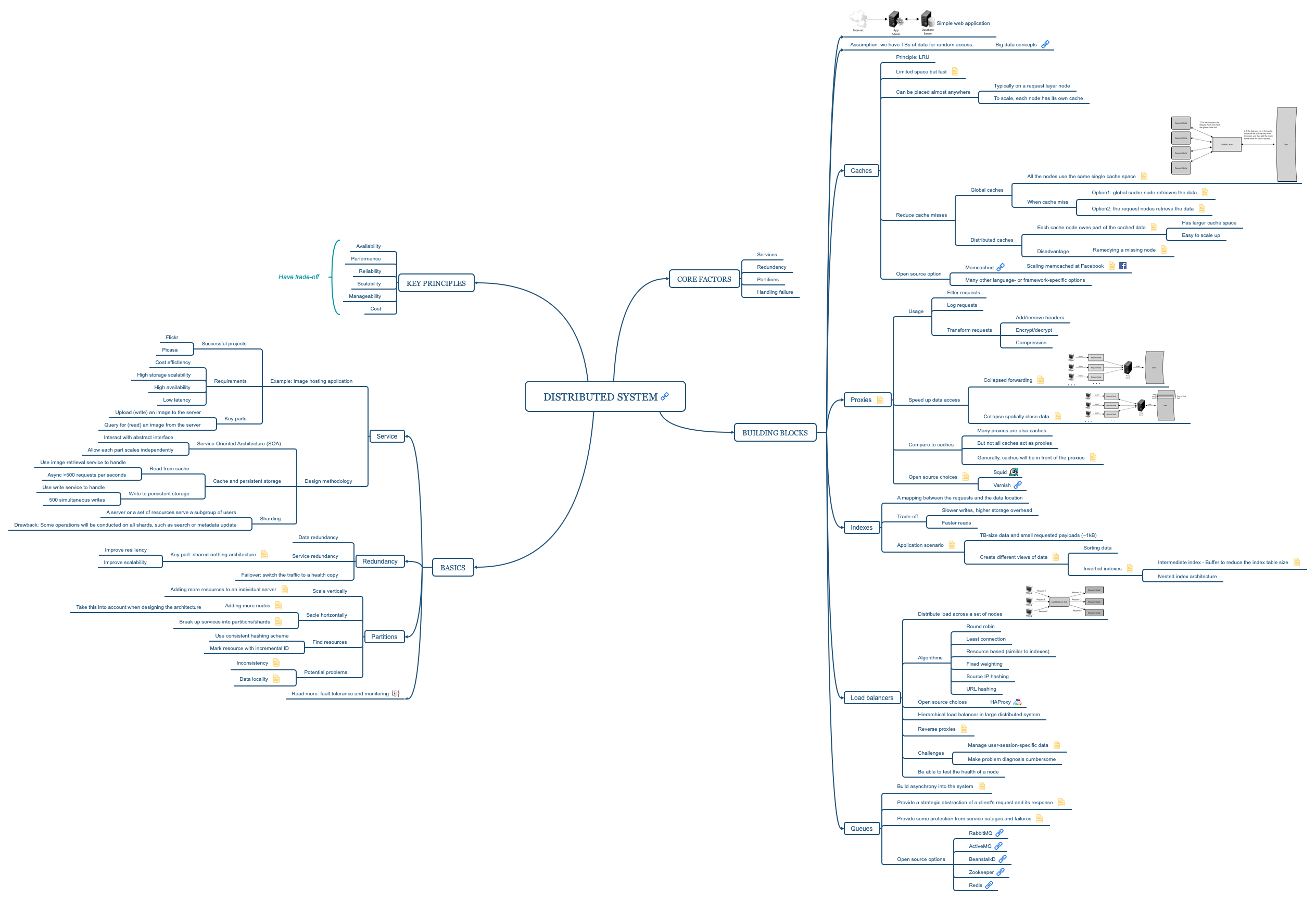initial list of papers, with context
Dawson, S., & Jahanian, F. (1995). Deterministic fault injection of distributed systems. In Theory and Practice in Distributed Systems (pp. 178-196). Springer, Berlin, Heidelberg. I started out with a paper from 1995, which introduces a script driven layer. They call it the probe and fault injection (PFI) layer. The authors define three message types (filtering, manipulation and injection), modifying the protocol which sits on top of the PFI layer. This idea has been implemented in a framework called ORCHESTRA, presented in the paper: Dawson, S., Jahanian, F., & Mitton, T. (1996, September). ORCHESTRA: A probing and fault injection environment for testing protocol implementations. In Proceedings of IEEE International Computer Performance and Dependability Symposium (p. 56). IEEE. The next paper focuses more on stress testing systems. The method they used was to use the UML 2.0 model, to create stress test cases, which cause stress on the system under test, preferably before they are released to see effects of heavy loads on a system. They use sequence diagrams, annotated with timing information, to generate valid test cases. The aim is to discover network faults by running optimized test cases. Garousi, V., Briand, L. C., & Labiche, Y. (2006, May). Traffic-aware stress testing of distributed systems based on UML models. In Proceedings of the 28th international conference on Software engineering (pp. 391-400).
Loki is a fault injector, with post-runtime analysis based on a partial state of the global system. They attempt to mitigate and assess damage done by correlated faults. Cukier, M., Chandra, R., Henke, D., Pistole, J., & Sanders, W. H. (1999, October). Fault injection based on a partial view of the global state of a distributed system. In Proceedings of the 18th IEEE Symposium on Reliable Distributed Systems (pp. 168-177). IEEE. another injector/monitor is DEFINE: Kao, W. L., & Iyer, R. K. (1996, June). DEFINE: A distributed fault injection and monitoring environment. In Proceedings of IEEE workshop on fault-tolerant parallel and distributed systems (pp. 252-259). IEEE. Besides those methods I have kept the frameworks in mind that I have seen before and catalogued in https://freshcoders.nl/nick/papers/A_Survey_of_Chaos_Engineering_Frameworks.pdf.
I also looked at predicting failures in distributed systems. A failure predictor, called PreMiSE tries to locate failures by looking at anomalies in recorded key performance indicator data. The data is compared to a baseline. Mariani, L., Pezzè, M., Riganelli, O., & Xin, R. (2020). Predicting failures in multi-tier distributed systems. Journal of Systems and Software, 161, 110464. If the faults can not be monitored directly, a similar approach may be of use in Adyen's context.
Finally, if tests are going to be run on a distributed system, it would be important to look at effective testing. The framework presented in this last paper can help, with tests running in parallel and stress-testing through middleware agents. El Yamany, H. F., Capretz, M. A., & Capretz, L. F. (2006, September). A multi-agent framework for testing distributed systems. In 30th Annual International Computer Software and Applications Conference (COMPSAC'06) (Vol. 2, pp. 151-156). IEEE.


In the comments of this issue, I will be collecting some of the papers relevant to the topics, which for now are